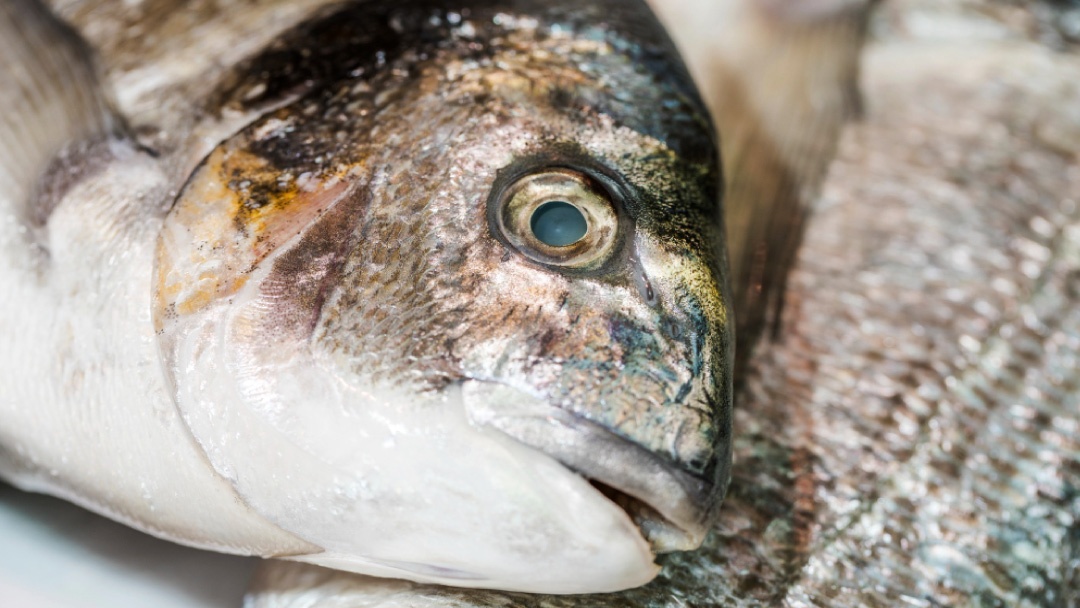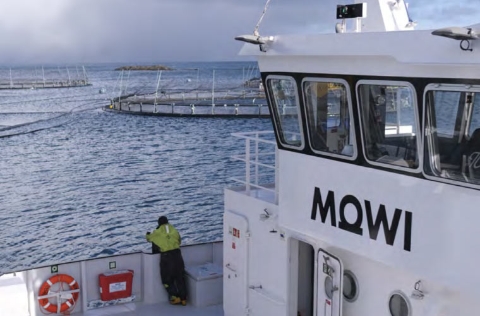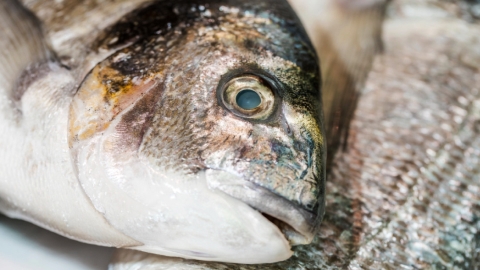
Recovering oil from fish processing by-products using ultrasound-assisted enzymatic extraction is emerging as a viable and sustainable alternative to conventional techniques.
That’s the conclusion of researchers at Gaziantep University (Turkey), working in collaboration with the Kaunas University of Technology (Lithuania). Their recently published study focused on optimising a novel method to extract oil from the by-product of gilthead sea bream (Sparus aurata), a key species in Mediterranean aquaculture.
During the processing of sea bream, around 355 of the fish’s weight becomes waste, including the head, skin, bones and viscera. These by-products are often discarded or underutilized, despite containing valuable lipids rich in omega-3 fatty acids. However, efficiently recovering this oil-without compromising its quality-remains a challenge for the industry.
This innovative method combines ultrasonic waves with proteolytic enzymes to break down the cellular structure of the fish waste, making it easier to release the oil. Unlike traditional methods such as Soxhlet extraction-which involve toxic solvents and high temperatures- ultrasound-assisted enzymatic extraction works under gentler conditions, avoiding harmful chemical and reducing energy consumption.
The findings, published in the Journal of the American Oil Chemists’ Society, indicate that the optimal conditions for the process are: 10.3 minutes of ultrasound treatment, 0.60% enzyme concentration, and 5 hours of hydrolysis.
Under these parameters, the team achieved an oil yield of 31.0% based on dry weight, equivalent to 72% of the yield obtained via Soxhlet extraction-but with significantly lower environmental impact and no solvent-related contamination.
The oil also showed a favourable nutritional profile, with high levels of EPA (2.20%) and DHA (4.40%), two omega-3 fatty acids essential for human health. While the oxidative stability was slightly lower than the oil obtained via Soxhlet, the researchers suggest this could be improved through refinement or the use of antioxidant during processing.
According to the authors, ultrasound-assisted enzymatic extraction represents a promising solution for aquaculture firms seeking to make better use of sea bream waste through more environmentally conscious processes. Turning what was one discarded into a high-value product supports circular economy principles and sustainability goals across the sector.



